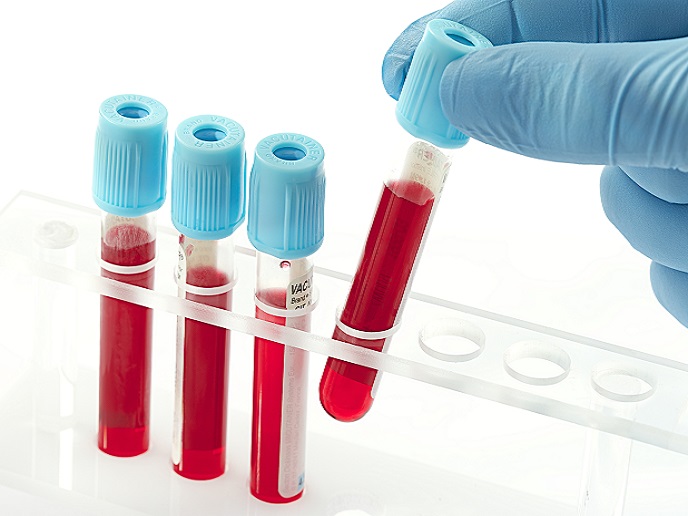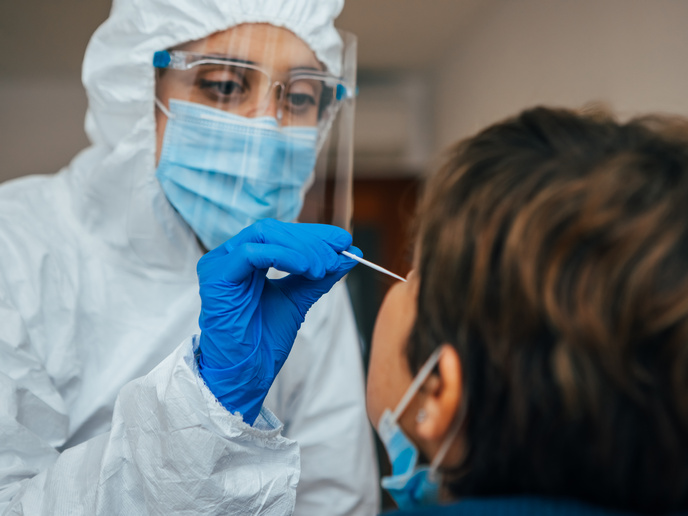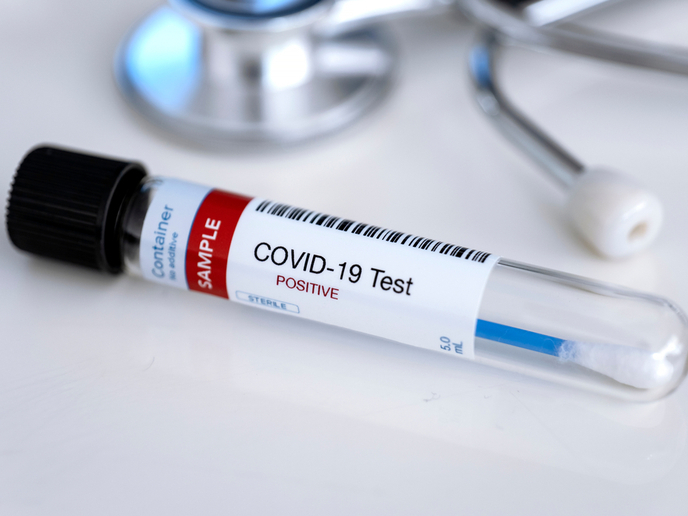New blood collection device without the needle
Every minute, more than 10 000 venepunctures are being performed in the world. Venepuncture is used to collect venous blood from patients and requires medical, laboratory or paramedical expertise. During blood collection, the needle normally produces only transitory mild discomfort. However, about 3.5 to 10 % of the population suffer from belonephobia (extreme fear of needles), causing them to avoid healthcare settings. Also, the patient sample quality can be affected by needle contamination when acquiring the blood sample, leading to false blood culture results, prolonged hospitalisation, delayed diagnosis and unnecessary use of antibiotics. The SmartSyringe project developed a needle-free solution, which is able to extract, collect and analyse blood in a painless, safe and easy way. This approach enables monitoring of major global infectious diseases such as HIV, malaria and hepatitis, removing the need for trained healthcare workers. A needle-free blood collecting instrument Before starting the project, a first functional prototype of SmartSyringe was built and a feasibility study, an assessment of the project’s practicality, was performed. “The initial results indicate that this concept is working, and that the quality of blood collected is comparable with the blood collected by standard venepuncture,” explains Arthur Queval, SmartSyringe project coordinator. Very good preliminary results were obtained with haemolysis (rate of damaged red blood cells) levels comparable to those of venepuncture. The final product includes all relevant safety specifications and through the technical development, the costs of goods are lowered as much as possible. From a business development perspective, the team set out to meet potential customers and stakeholders in the field of diagnosis to acquire their insight and letters of intent. These included decentralised labs, contract research organisations, CROs, clinics, physicians and non-governmental organisations, NGOs. Potential end-customers of SmartSyringe were pleased with the ease of use of this application, and its compatibility with the pre-analytical workflow to handle the blood samples from the patient to the lab. “The product is designed in a way that it is compatible with infrastructures and blood analyser equipment in the central laboratories. These central laboratories have shown interest in testing our samples, and are included in our pilot study,” adds Queval. Industrialisation of the SmartSyringe solution “Our team has a strong know-how in biosensing, software, electronics and industrialisation,” concludes Queval. Qloudlab’s (the company responsible for SmartSyringe development) mission is to become a major player in blood collection and the management of diseases, with the long-term vision of remotely monitoring patients at home. A more detailed developmental plan is scheduled to finalise the product industrialisation, and to set up the manufacturing of 1 000 parts for a pilot study. The team has already screened and identified potential manufacturers to ensure that the results are meeting the customers' expectations. The SmartSyringe medical device represents a breakthrough especially for blood collection in developing countries, as almost no training is required for proper usage. This product will revolutionise blood collection technology with their needle-free solution and pave the way for facilitating diagnostics in areas lacking adequate healthcare professionals.







